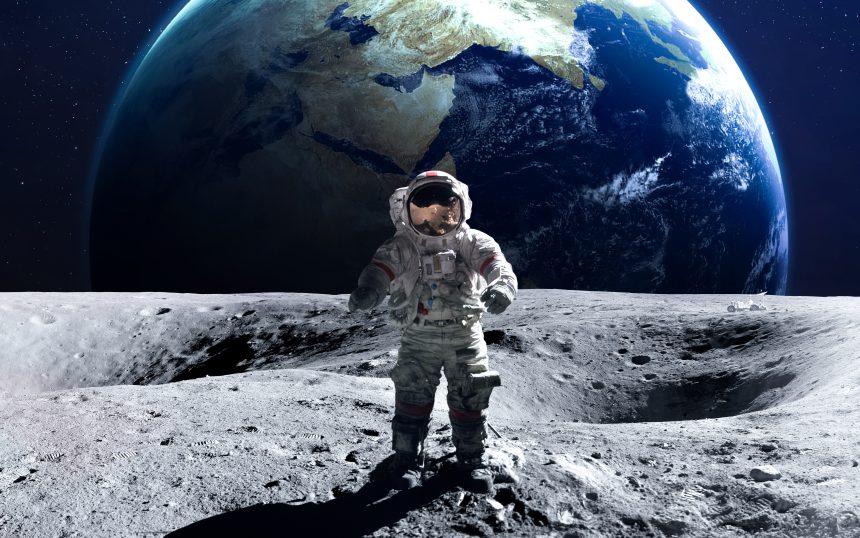In the ethereal dance of space, where gravity loses its grip, inhabitants of the International Space Station (ISS) are cradled in an extraordinary ballet—16 sunrises and sunsets adorn their days, a spectacle birthed from their swift embrace around our planet. This ceaseless oscillation between day and night unravels a complex tapestry of challenges for the somnolent rhythms of astronauts, a puzzle the European Space Agency (ESA) is keen to decipher.
A Sleep Odyssey in Zero-G
Earth’s lullaby, its circadian rhythm, is a melody aligned with the 24-hour cycle of light and shadow, a rhythm our bodies have danced to since time immemorial. Yet, within the metallic confines of the ISS, this rhythm faces the cacophony of an accelerated day-night cycle, potentially ushering in a discord of sleep maladies, diminished vigor, and health quandaries.
At the vanguard of untangling this Gordian knot, the ESA delves deep into the slumber of spacefarers, aspiring to safeguard their vitality, alertness, and readiness for the intricate ballet of their cosmic voyage.
Crafting Sanctuaries of Slumber
The ESA’s strategy is multifaceted, aiming to weave a cocoon of regularity amidst the chaos of space. Their arsenal includes:
- Luminous Alchemy: The ISS boasts an intricate lighting system, a chameleon of technology that mimics Earth’s diurnal and nocturnal hues. It’s a canvas that paints wakefulness or summons sleep, as needed, with hues that transition with deliberate grace.
- The Rhythm of Rest: Astronauts are ensconced in a regimen of slumber, an eight-hour embrace of dreams, meticulously choreographed with the demands of their odyssey. This is a sanctum of rest, designed to replenish their spirits.
- The Solitude of Sleep Pods: Each astronaut is bestowed a sanctuary of sleep, equipped with masks to shield their eyes from the perpetual dawn and earplugs to silence the hum of their metal oasis. These are the cloisters where they seek refuge from the relentless march of time outside.
The Renaissance of Slumber Science
The inquiry into the veils of sleep in the void serves a dual purpose. It’s a beacon for the wellness and efficacy of astronauts in the now, and a foundation stone for the odysseys of tomorrow—ventures to Mars and realms beyond. Grasping the reins of sleep in a realm of endless dawns and dusks is paramount to the symphony of these grand explorations.
Furthermore, the revelations unearthed from the cosmos’s sleep lab hold a mirror to our terrestrial understanding of sleep, offering fresh vistas for conquering sleep afflictions and elevating the quality of our nocturnal repose back on Earth.
Looking Ahead
As the collective gaze of spacefaring nations turns towards the new frontiers of human exploration, the sanctity of astronaut health and performance gleams as a beacon of priority. The ESA’s odyssey into the mysteries of cosmic slumber is a hymn of commitment to the well-being of its celestial voyagers. Through unraveling the enigmas of sleep, swathed in the glow of 16 sunrises and sunsets, the ESA champions the cause of ensuring that humanity’s custodians of the stars flourish, heralding an era where we stride forth into the cosmos, towards futures bright with promise.








